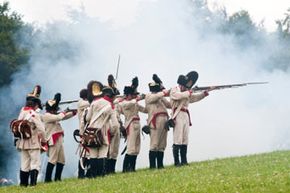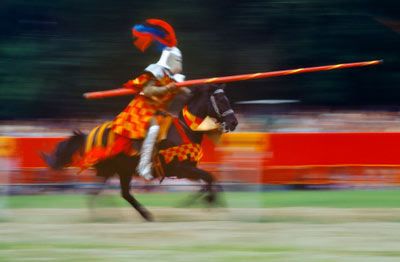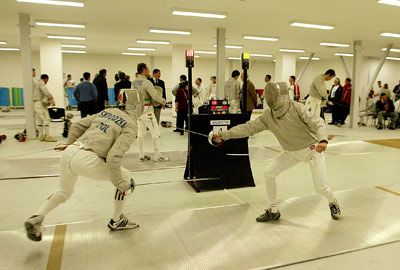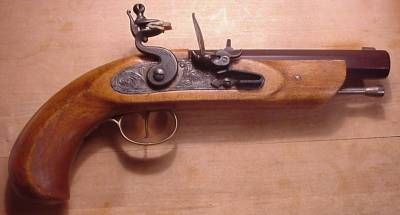"Lifting his hat with one hand, and drawing his sword with the other," a gallant soldier called D'Artagnan leads his three companions in a blade-clanging charge against five guards of Cardinal Richelieu, the evil opponent of the King of France. The young D'Artagnan, his heart beating as if it would burst, parries the blows of Jussac, one of the cardinal's skilled swordsmen. If he cannot overcome this experienced duelist, he may lose his dream of becoming a musketeer. He may even lose his life.
This thrilling scene early in Alexandre Dumas's novel "The Three Musketeers" is one of many in a story crammed with fighting, adventure and lovemaking. "My heart is that of a musketeer," says D'Artagnan, the apprentice warrior from the sticks. By the end of the novel, he has joined the "three inseparables" -- Athos, Porthos and Aramis -- as a member of the Musketeers of the Guard under French King Louis XIII.
Advertisement
The novel is a classic, and the motto of its musketeers ("All for one, one for all") is widely known. But the story of musketeers -- real musketeers -- began long before they made their literary debut.
In his novel, Dumas used history for his own ends, much the way Shakespeare incorporated actual events and people into dramatic plays. Dumas wrote "The Three Musketeers" in 1844, more than two centuries after the actual events depicted in the story took place.
The real Musketeers of the Guard were a group of soldiers who served as bodyguards to the king of France in the 17th century. The group takes its name from the musket, which was then an advanced form of military technology. In the 1600s, gunpowder weapons like the musket were expensive and sometimes elaborately decorated. They served as a prestigious emblem for the king's guard, making the group a formidable force, even though for everyday dueling, the musketeers were also skilled with a more traditional weapon: the sword [source: Nevill].
By the 1840s, the Romantic Era was in full swing, and audiences ate up tales from an age of daring soldiers, duels and Renaissance costumes. This article will take a closer look at the real men these stories were based on, including who they were, what they were fighting for and what they had in common with their fictional counterparts. On the next page, though, you'll learn more about the weapon from which the musketeers took their name.



